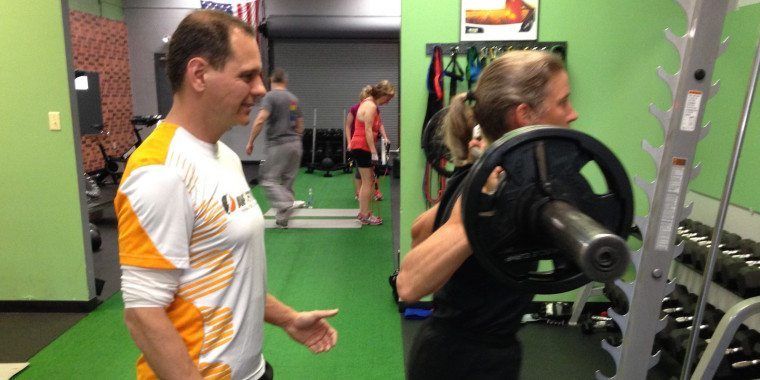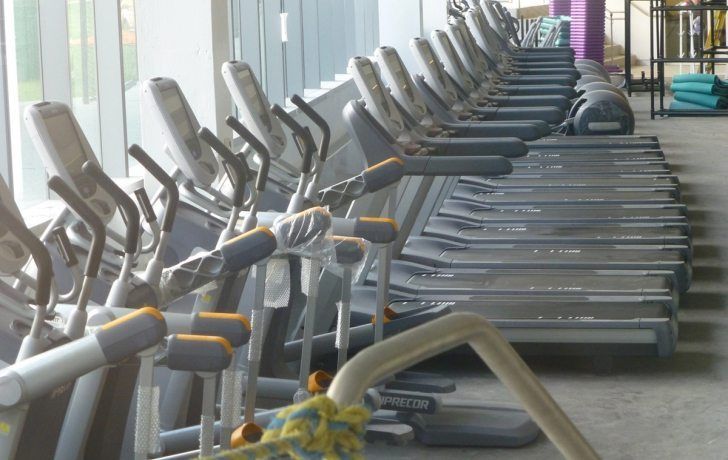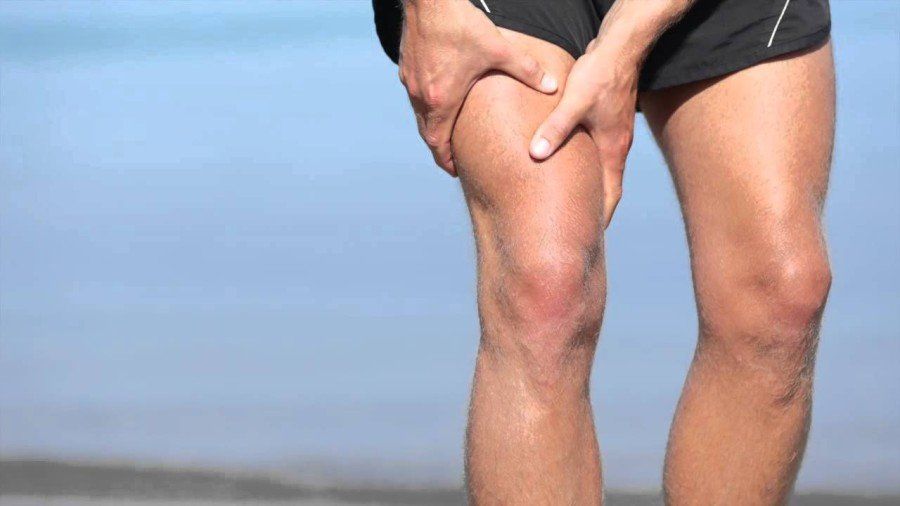Ever finish off a great workout only to find yourself unable to move the next day?
Maybe your quads are burning from those mountain climbers, or your back is tight from that superset of lat pulldowns, or it’s another part of your body that you didn’t even realize you had been working on.
Don’t worry – you are not alone.
Related: Understanding delayed onset muscle soreness
Any type of activity that places unaccustomed loads on muscle may lead to what is known as delayed onset muscle soreness. This type of soreness is different from acute soreness, which is pain that develops during the actual activity. Delayed soreness typically begins to develop 12-24 hours after the exercise has been performed and may produce the greatest pain between 24-72 hours after the exercise has been performed.
But how do you know if what you are feeling is part of the positive sign of all your hard work or if it is something more serious?
Both weight training and cardiovascular exercises put stress on our bodies, but in a positive way by increasing our strength and endurance. If you push yourself hard you are doing your body a favor, but it can come with some residual pain.
So how can you tell the difference between “normal” levels of pain and ones that you need to be concerned about?
According to the Cleveland Clinic, in addition to delayed onset muscle soreness, don’t worry if you feel a burning muscle pain during your actual workout. That pain is caused by a buildup of lactic acid in your muscles and will generally go away once you complete the particular exercise.
That burning sensation is also the body’s way of signaling that it is time to stop overworking a particular muscle and allowing the body to clear the lactate and other metabolites.
So while you should anticipate some pain as a result of exercising, you do need to pay attention to your body if it hurts. If the pain is severe or persistent, it could be a sign that you have sustained an injury.
If you experience any of the following pains don’t ignore them:
- Decreases your range of motion — Sharp pain that prevents you from moving a body part, decreases your range of motion, or prevents you from moving altogether.
- Is in an area of a previous injury or surgery
- Is associated with deformity or massive swelling
- Does not go away despite care — If you do not experience relief after several days of rest, ice or over the counter anti-inflammatory medication.
- Is constant — If pain never stops or worsens in severity.
- Involves pressure and bruising
- Is intense — If pain is so intense that it causes nausea and/or vomiting.
- Is associated with fevers and chills
If you experience any of these pains, seek treatment from a medical professional. The sooner you resolve an issue with pain, the sooner you can get back to exercising.












